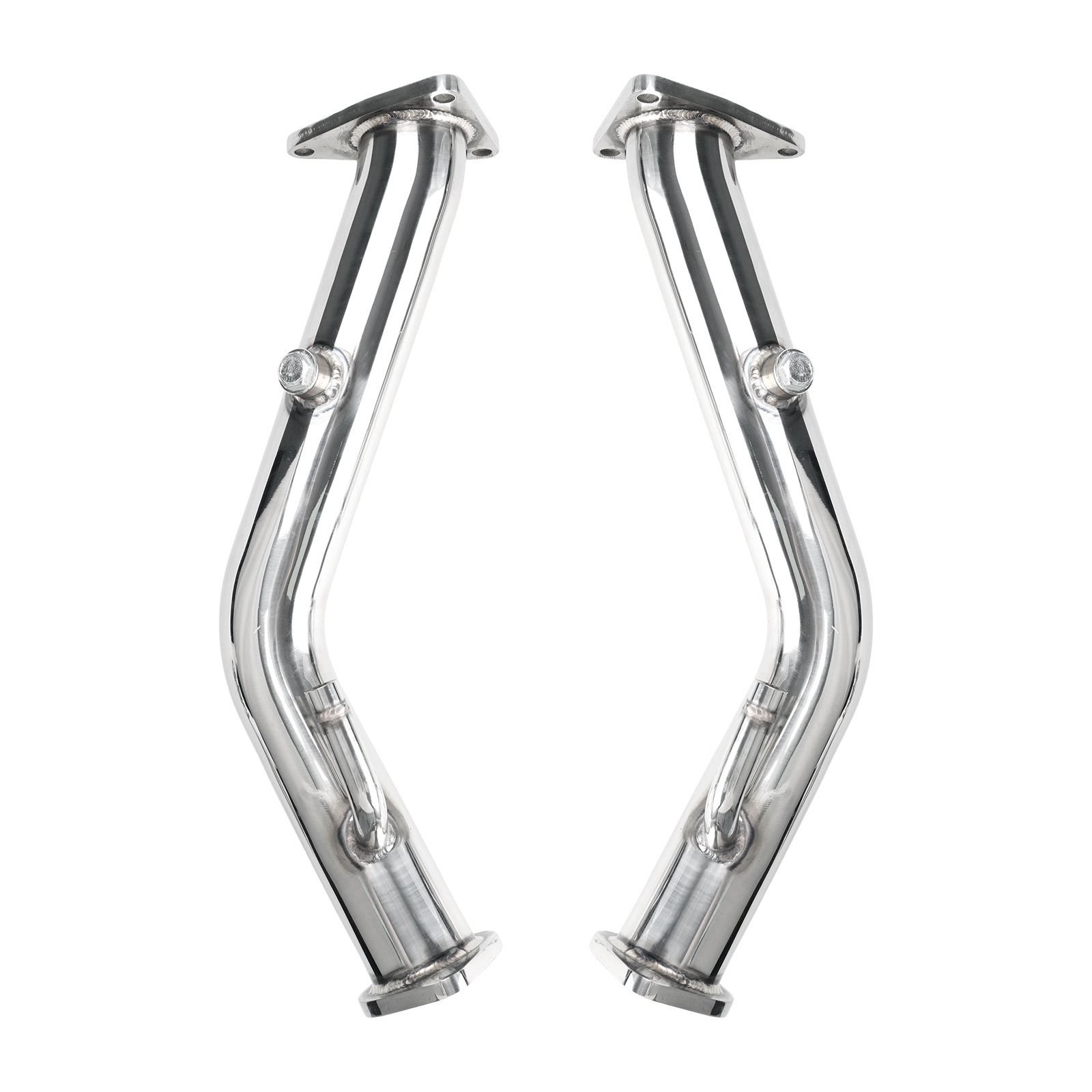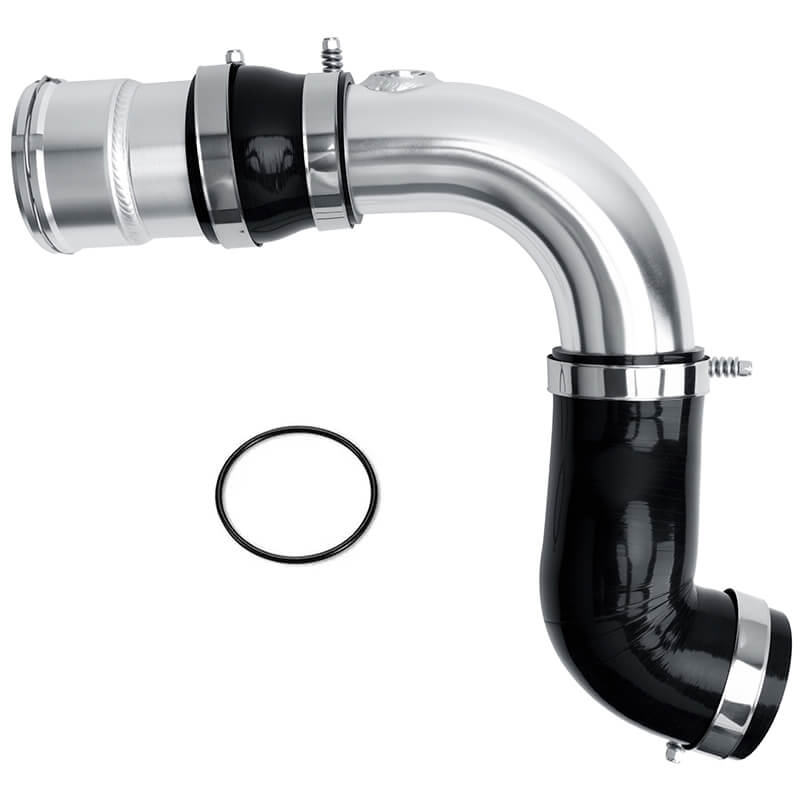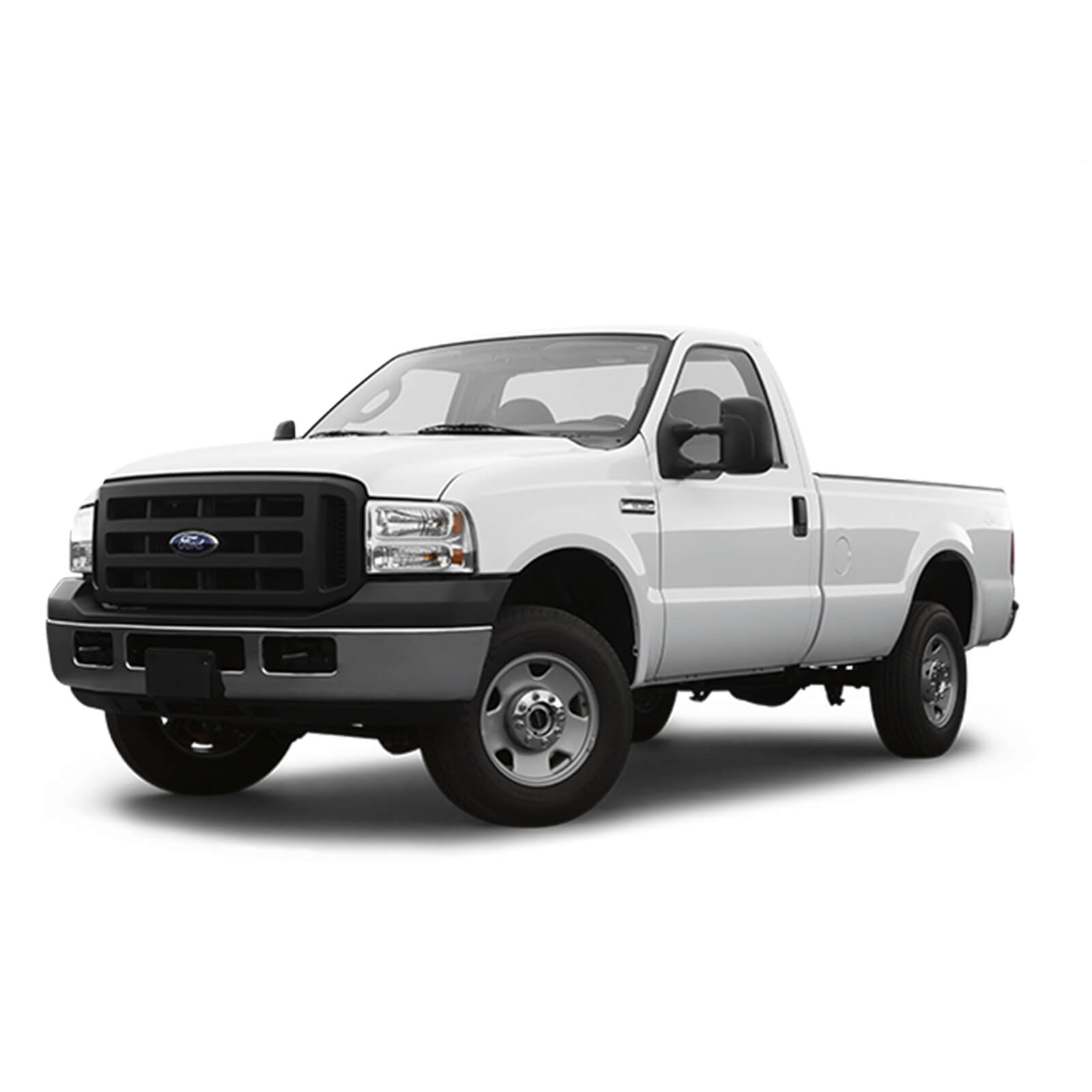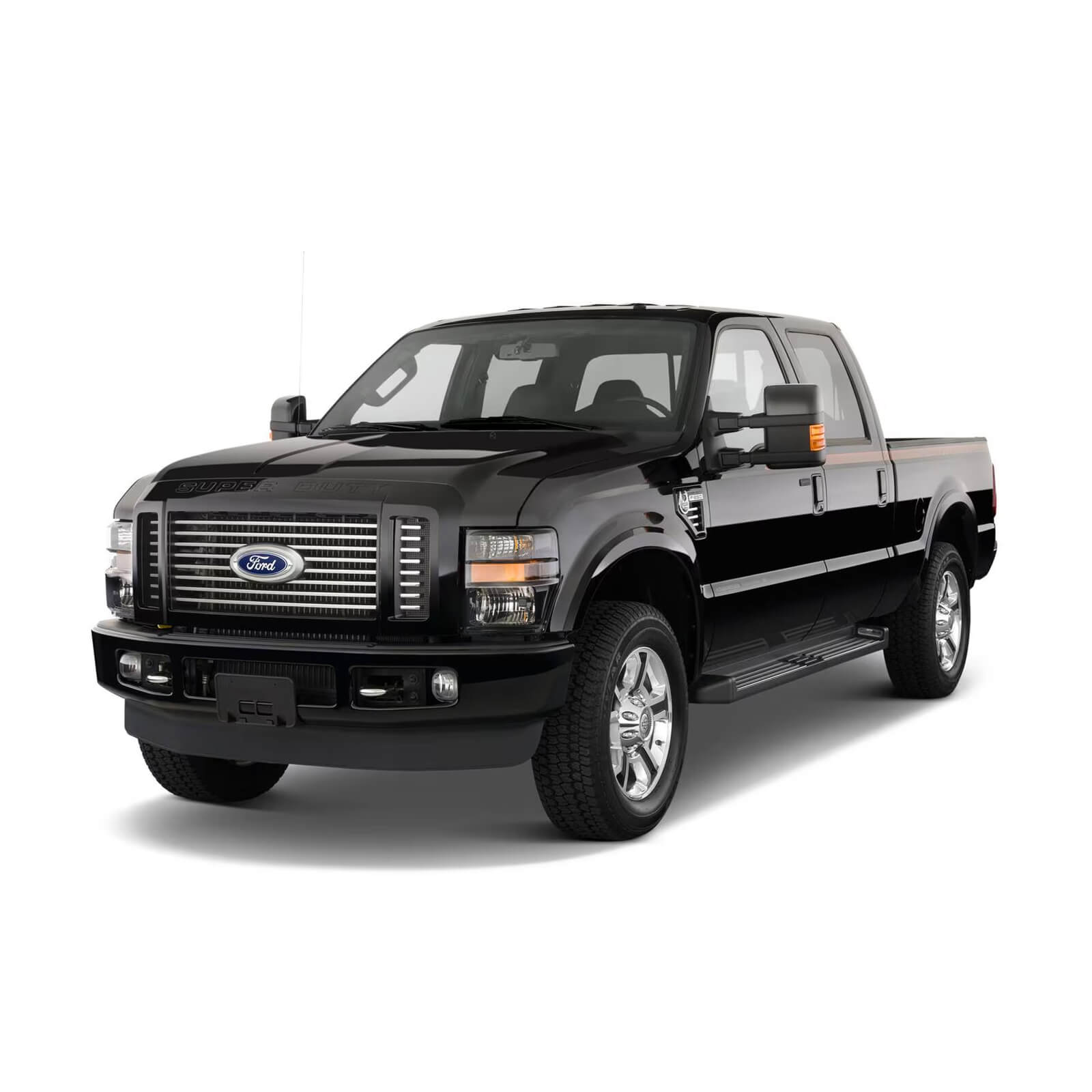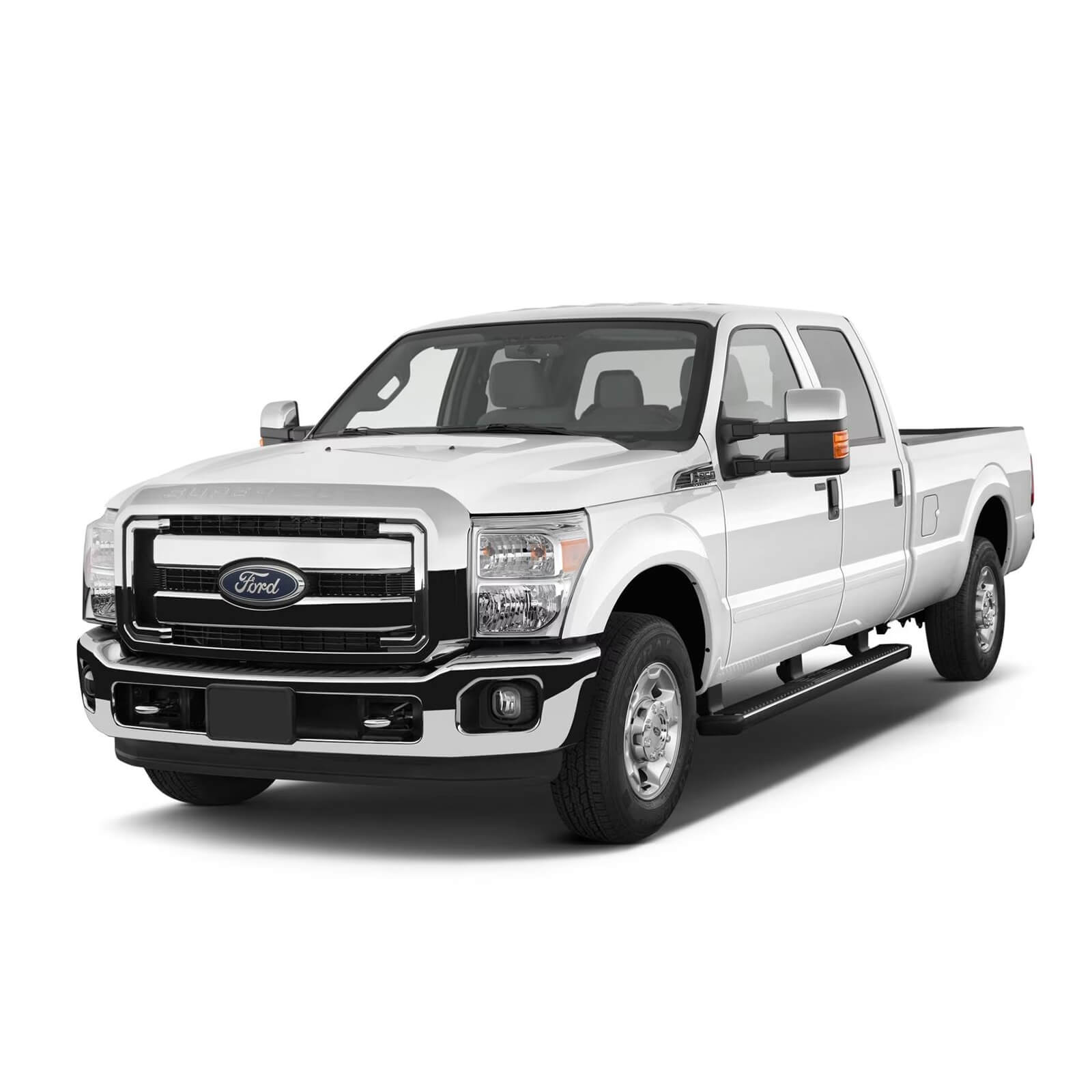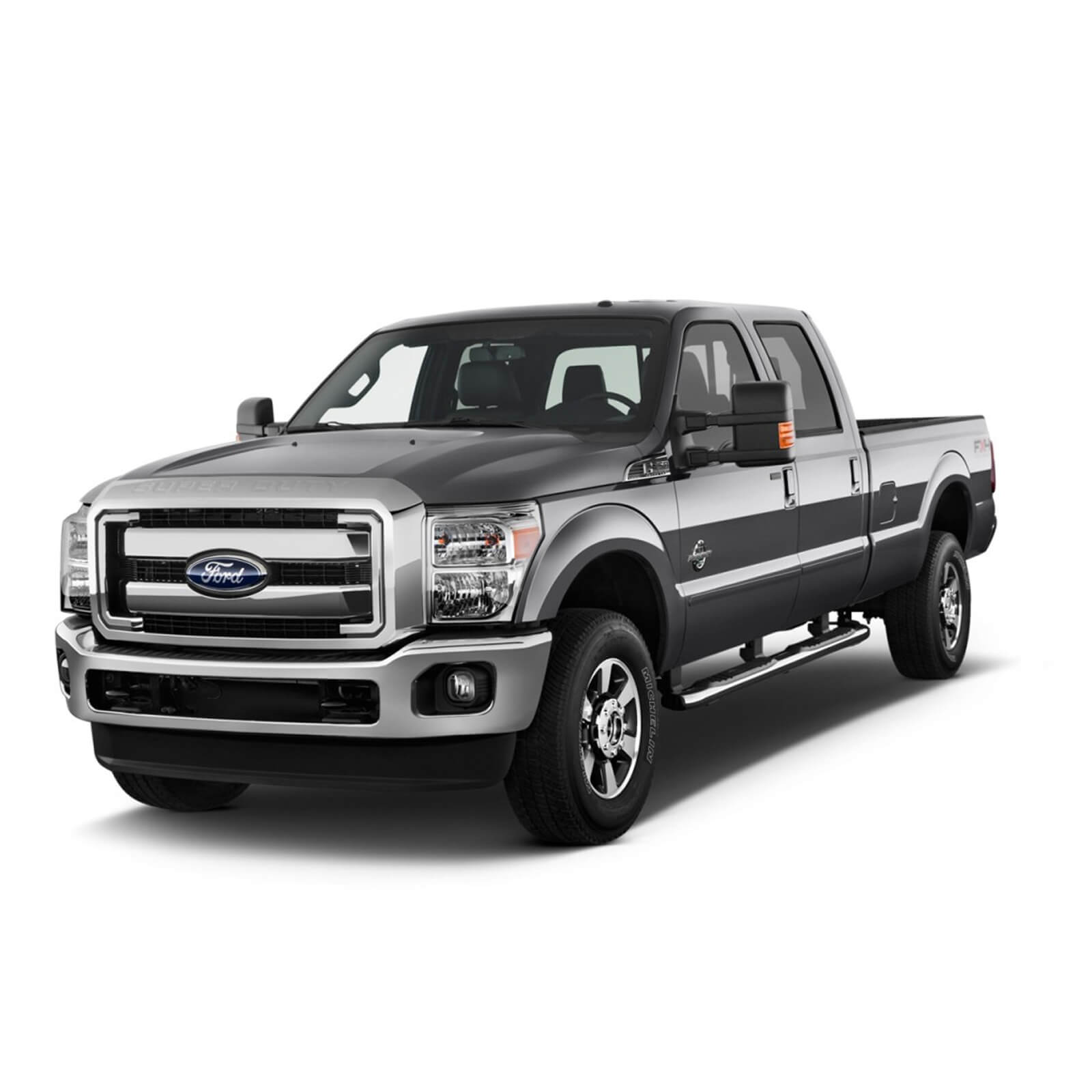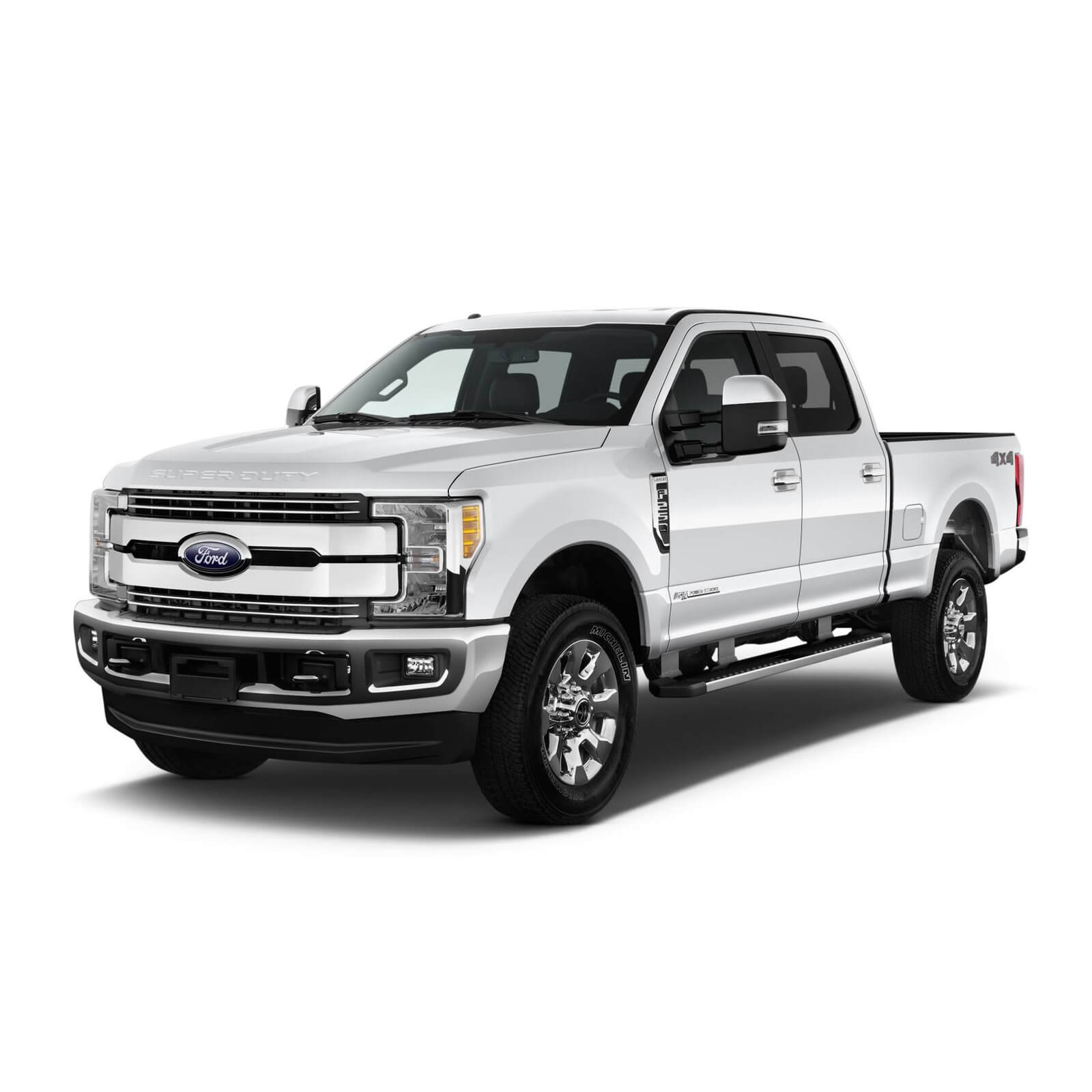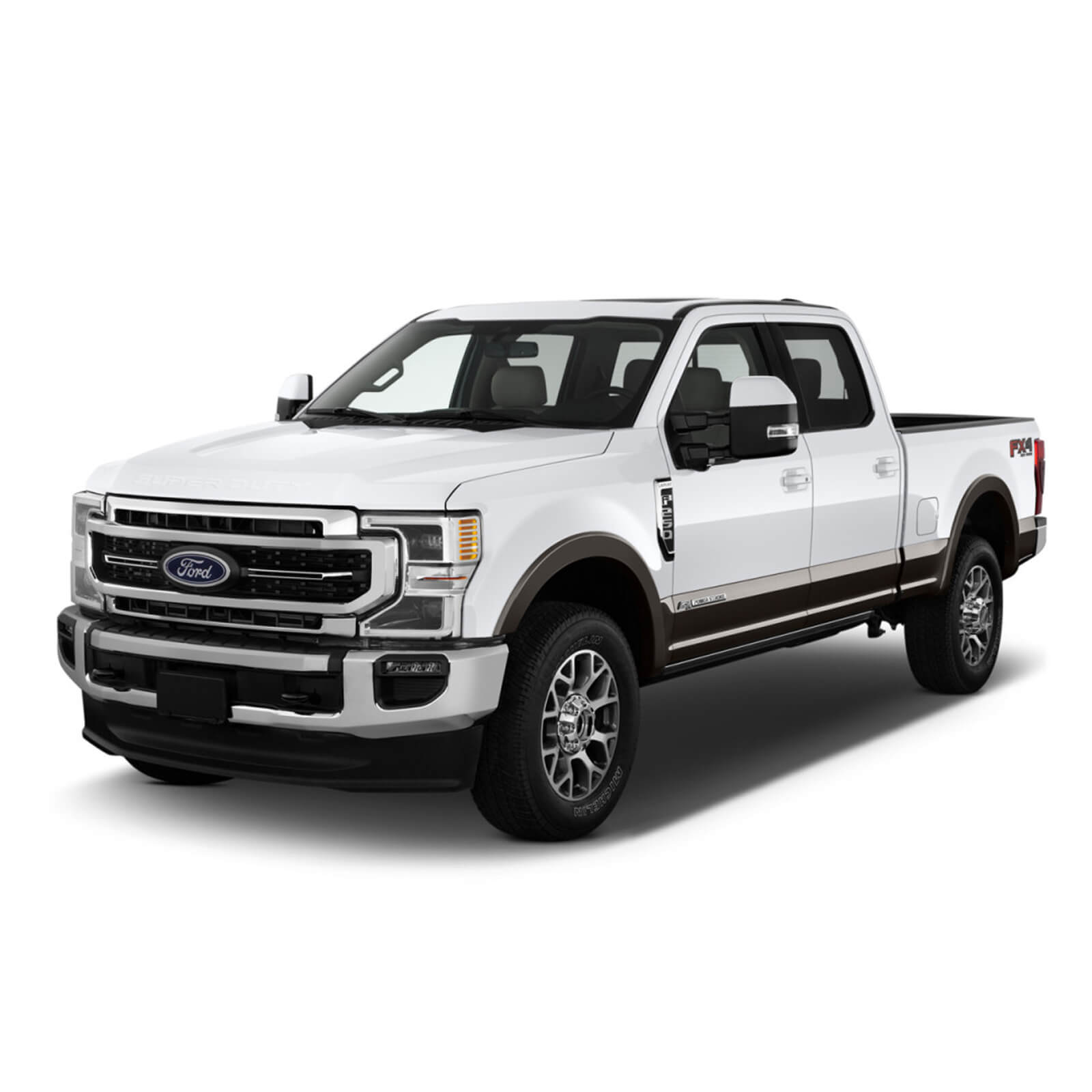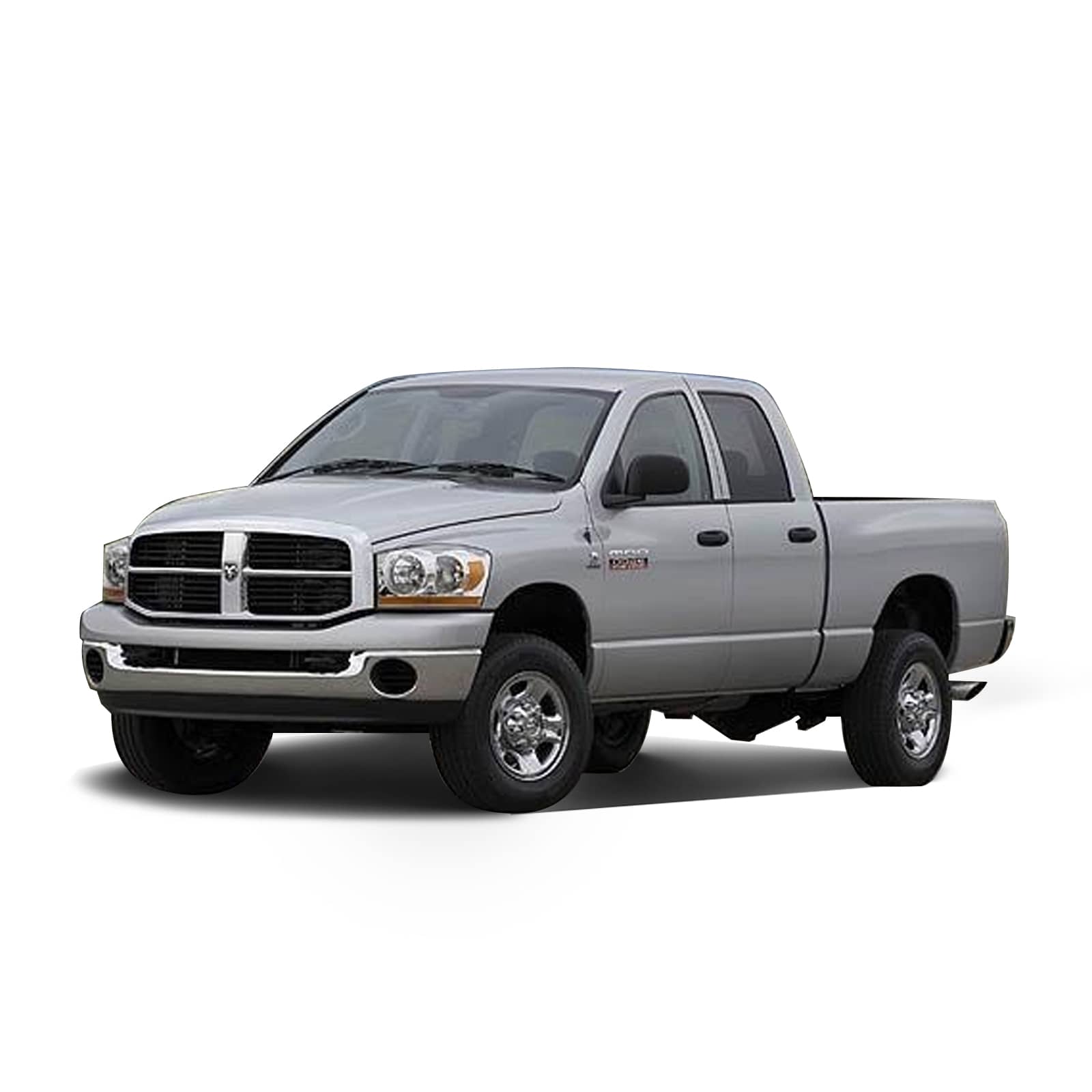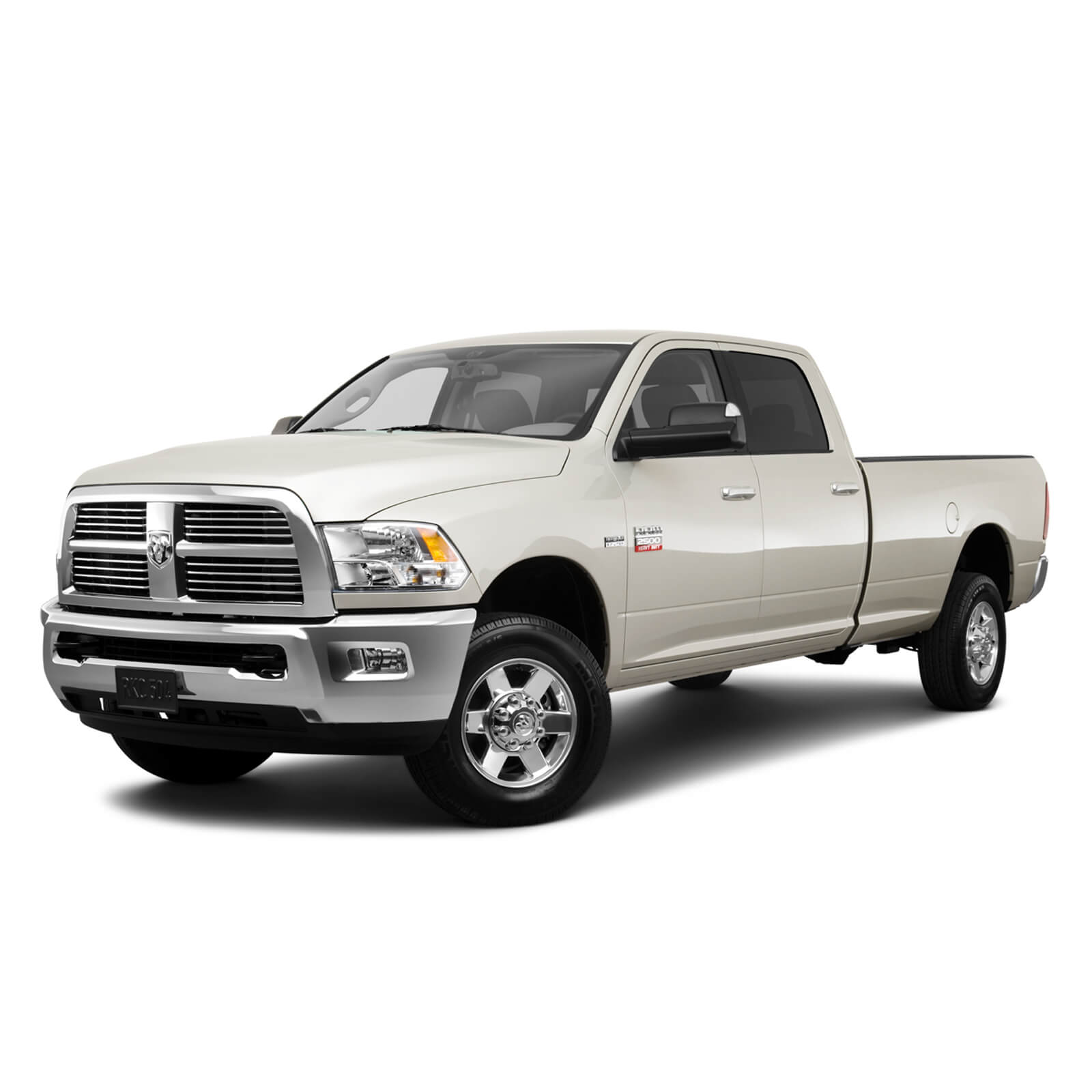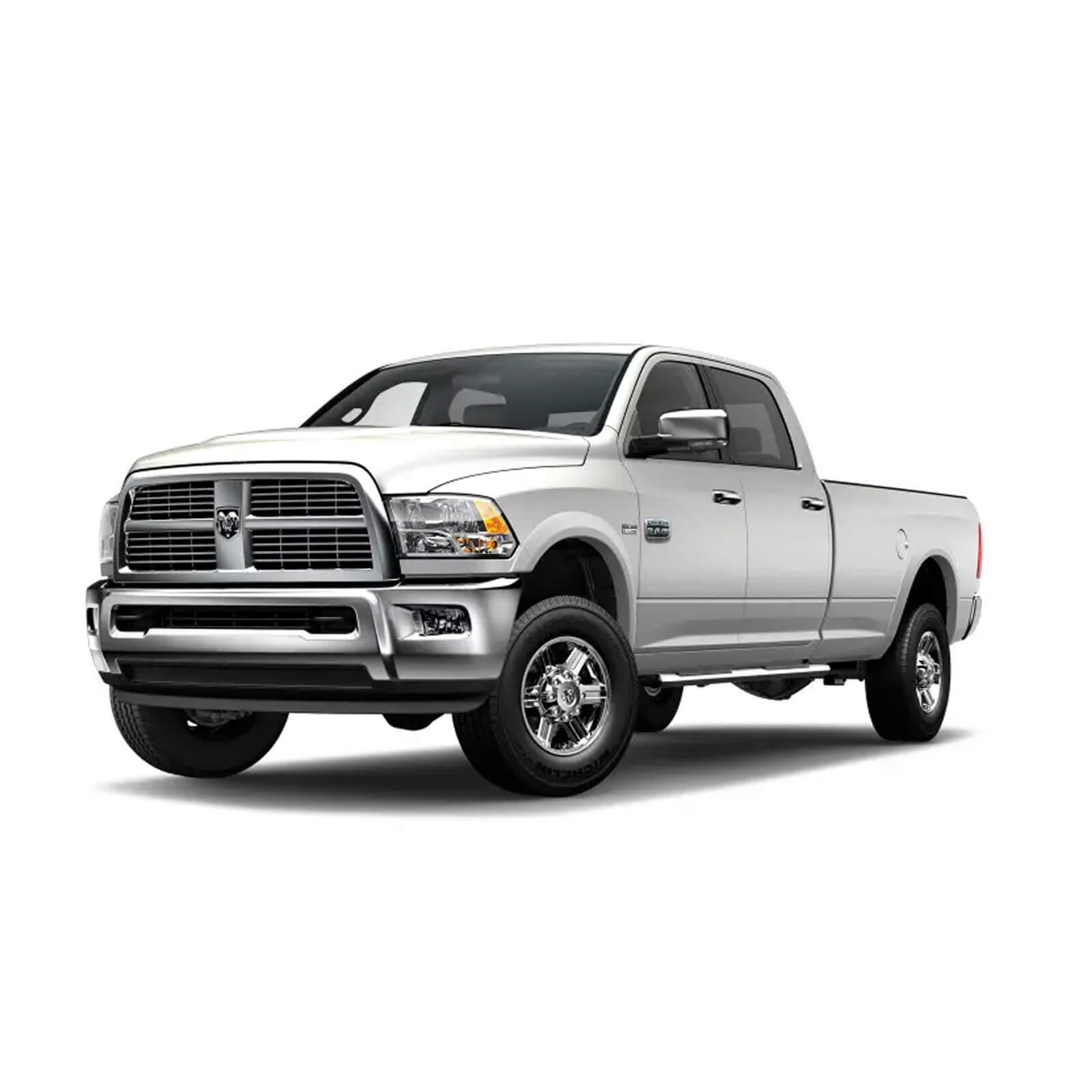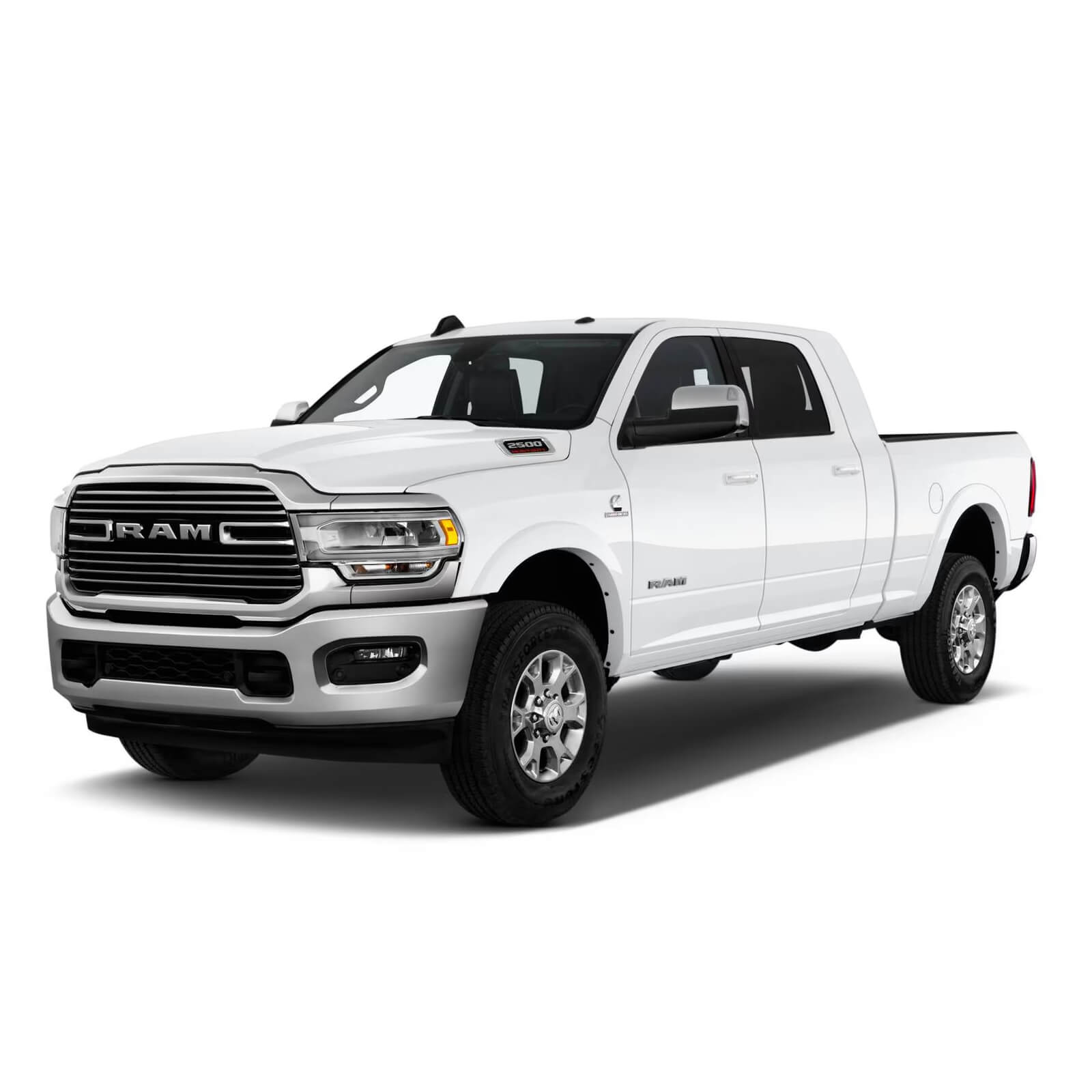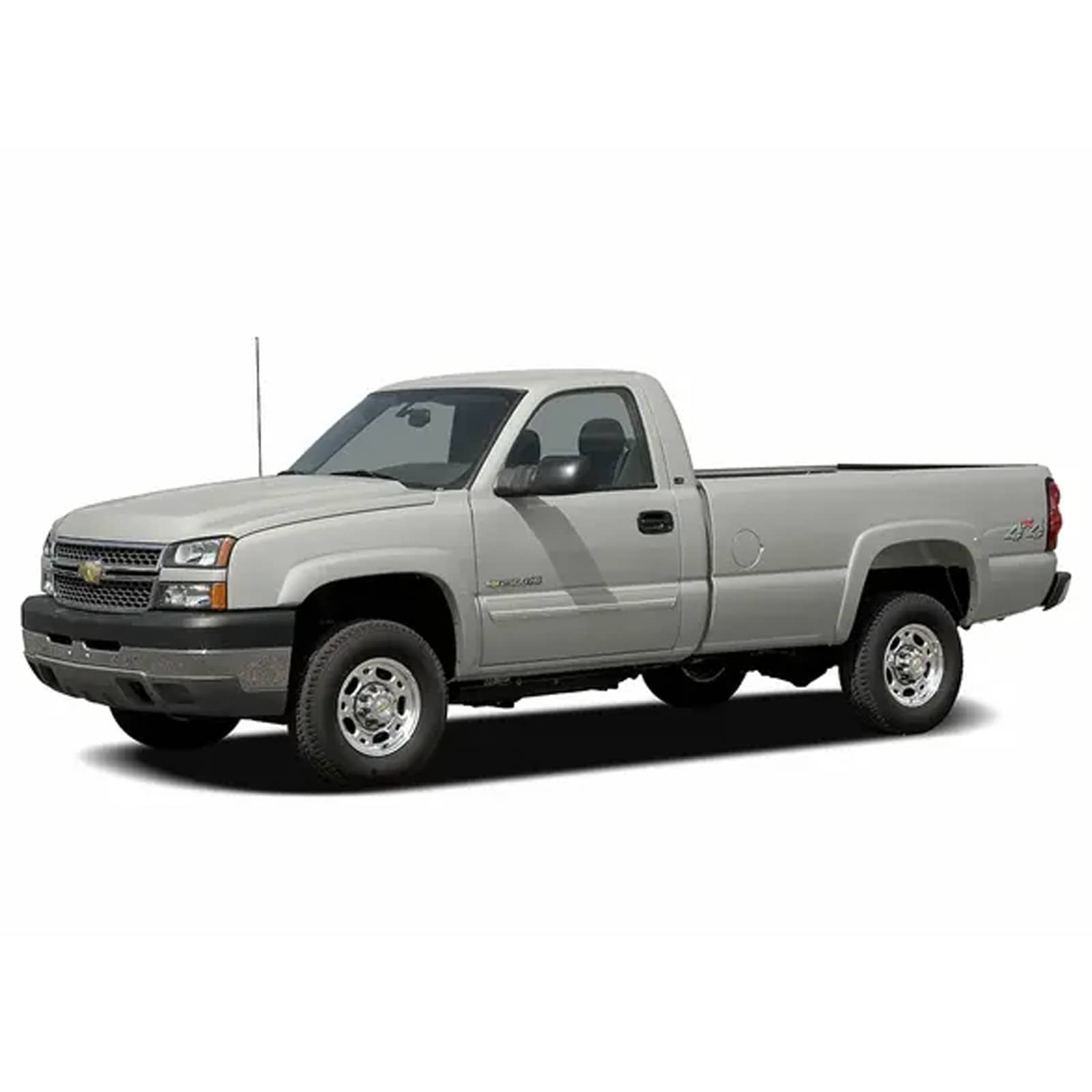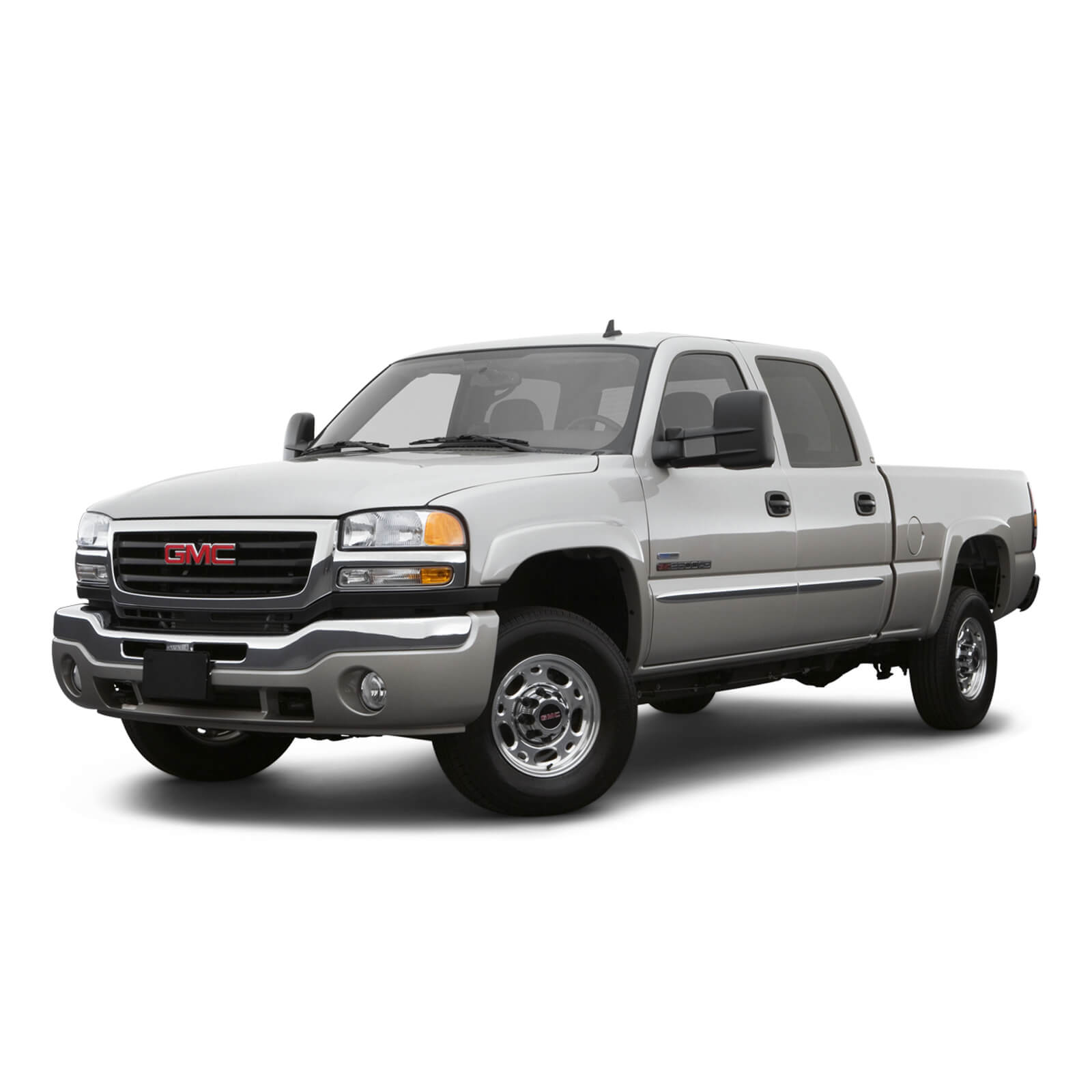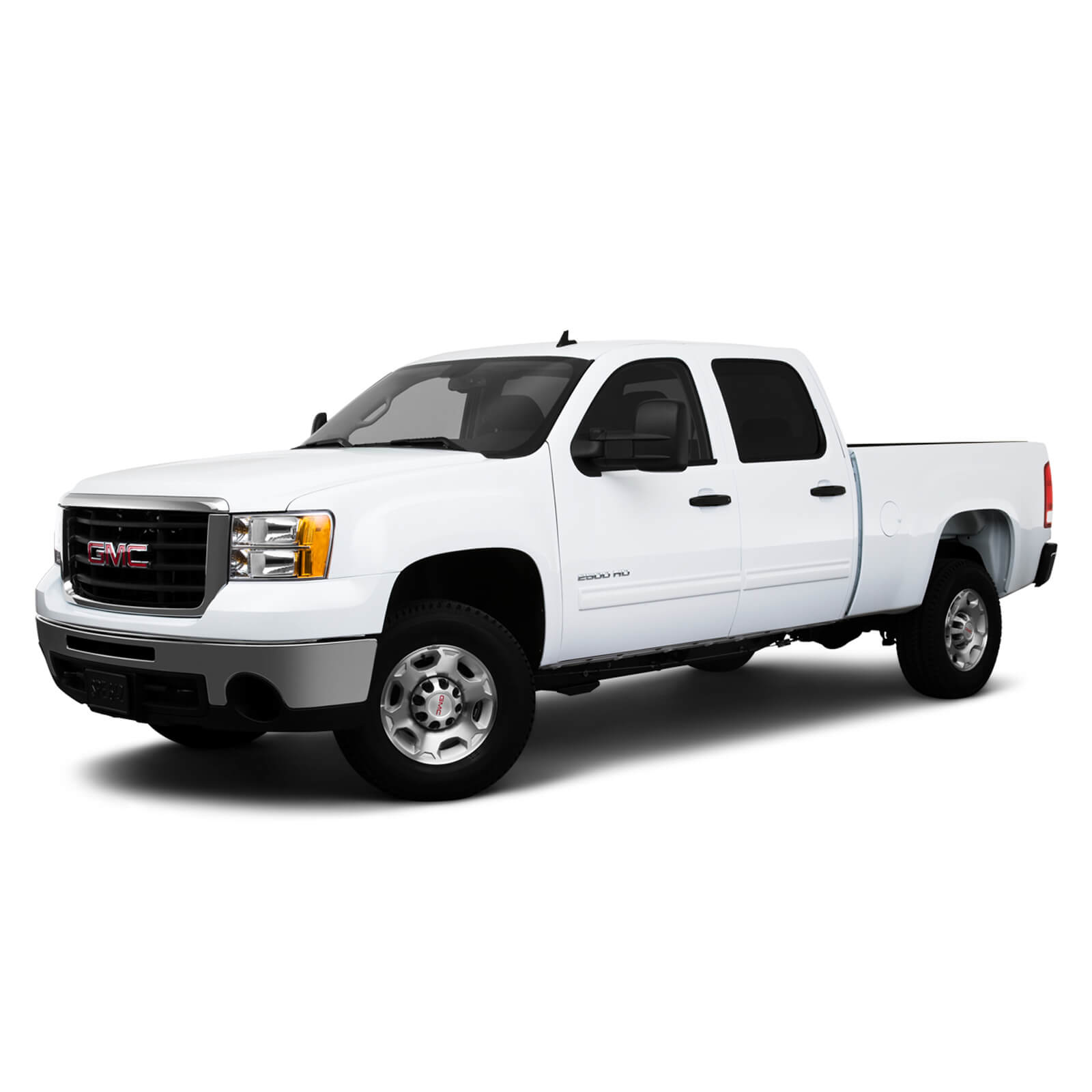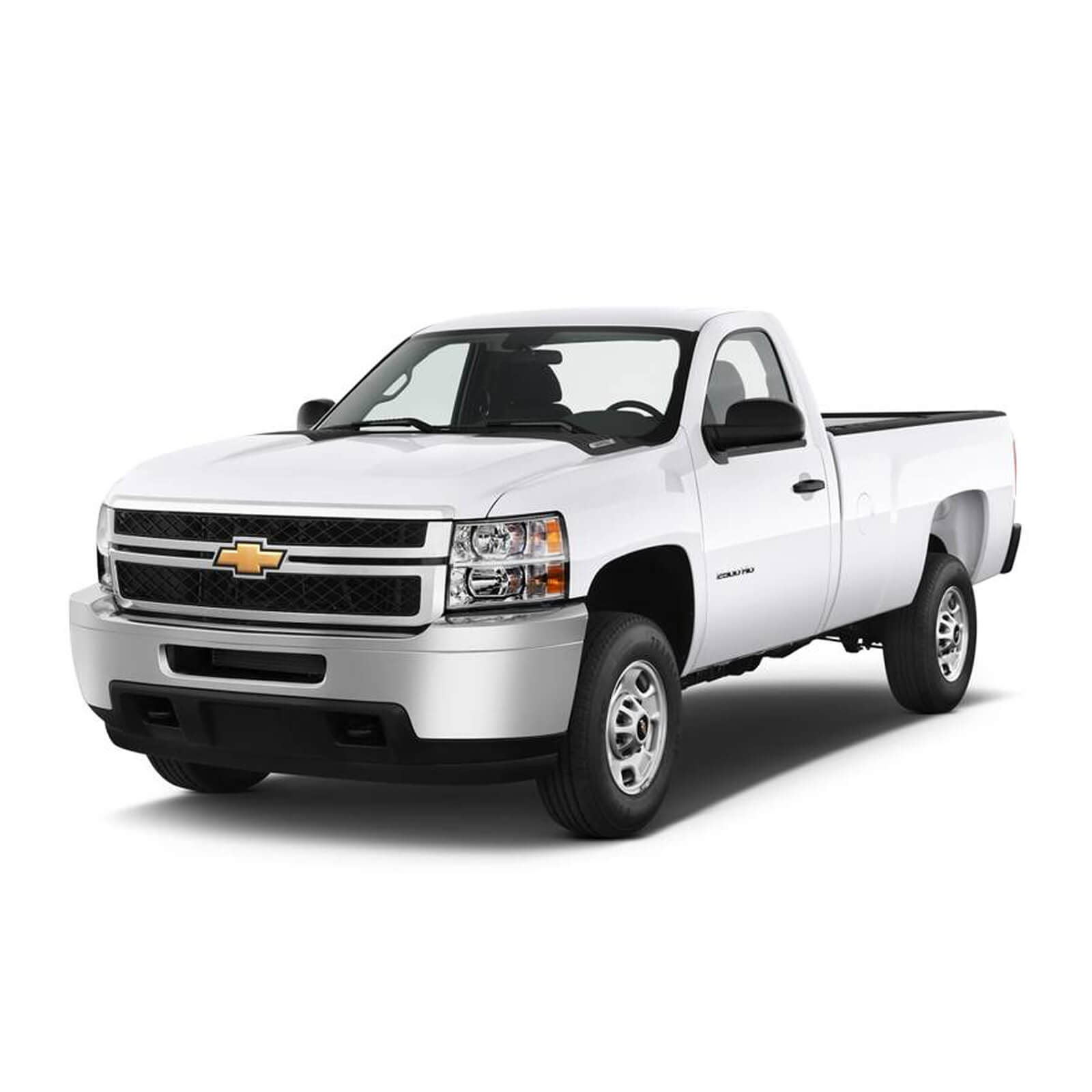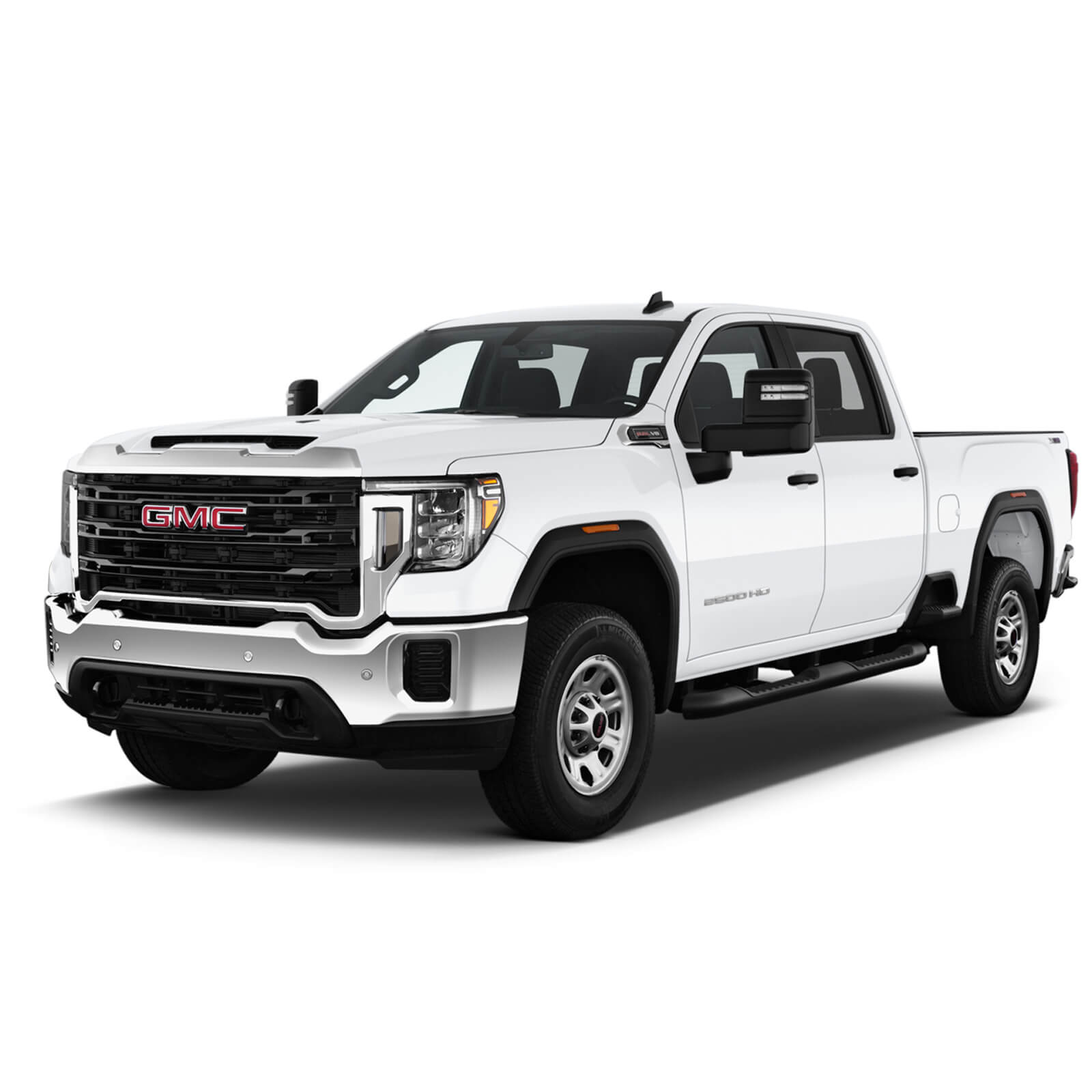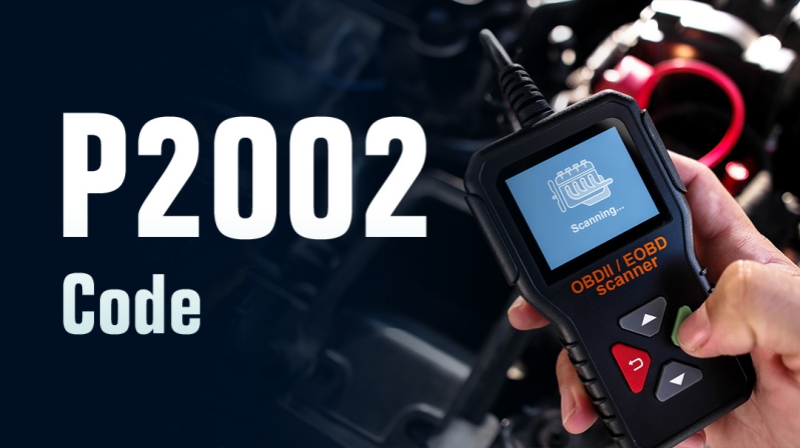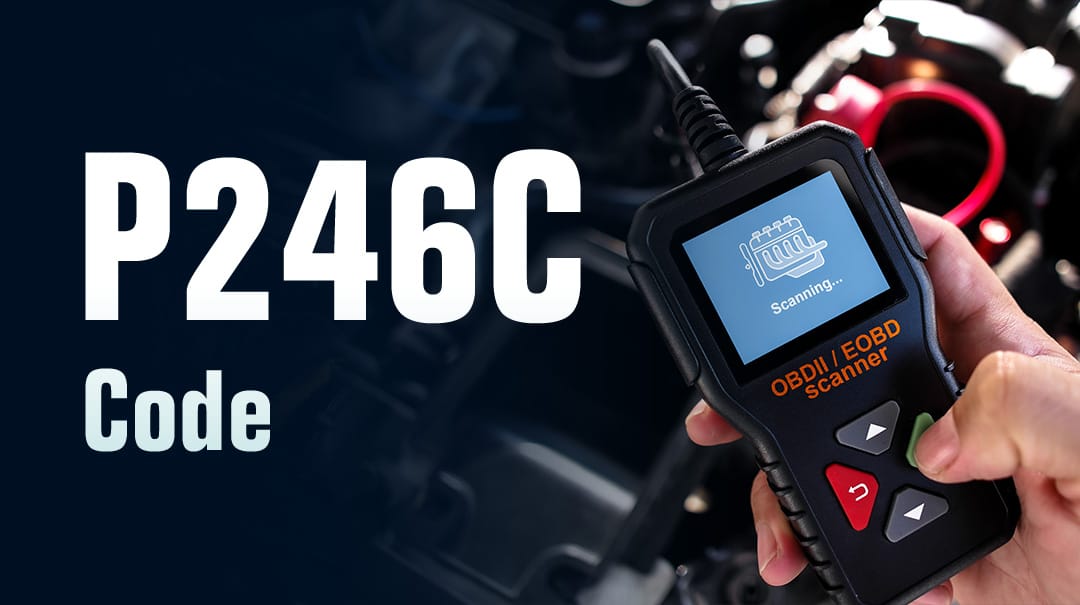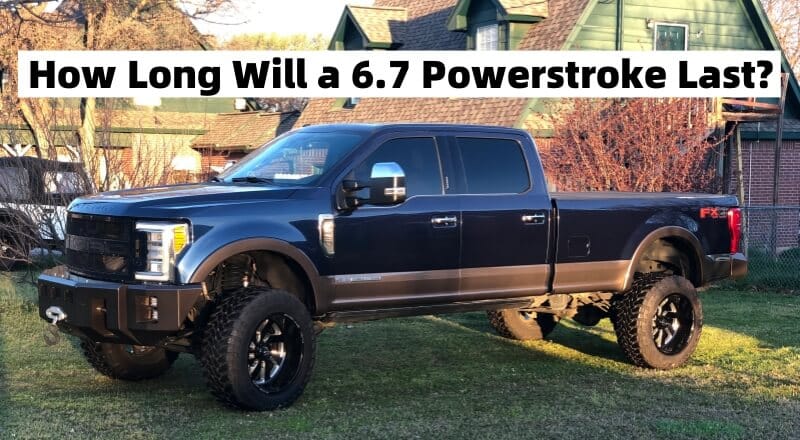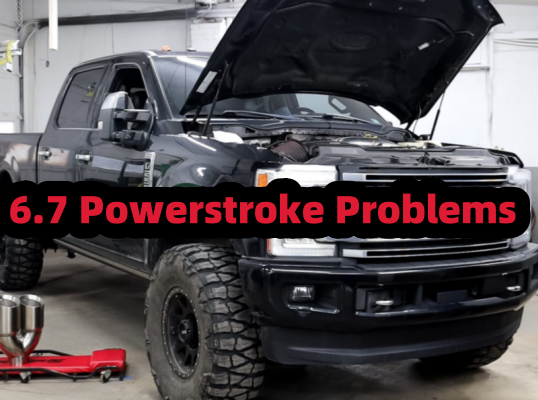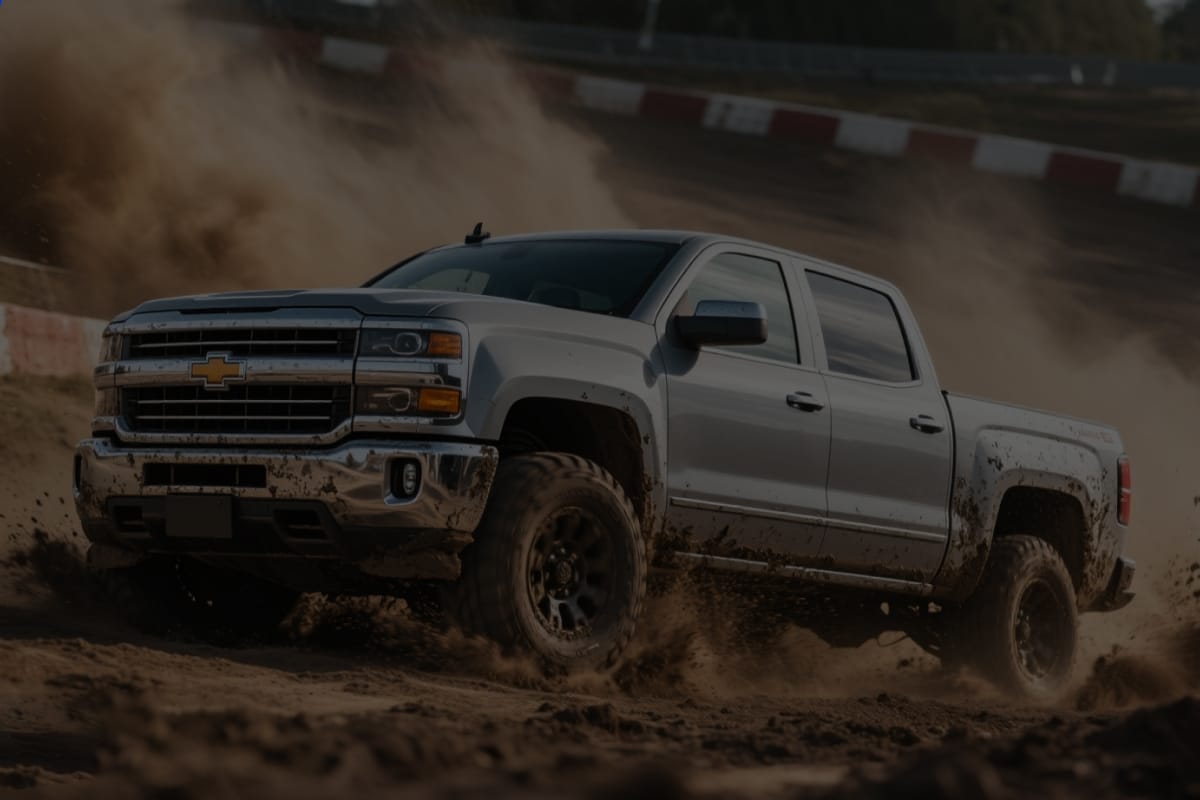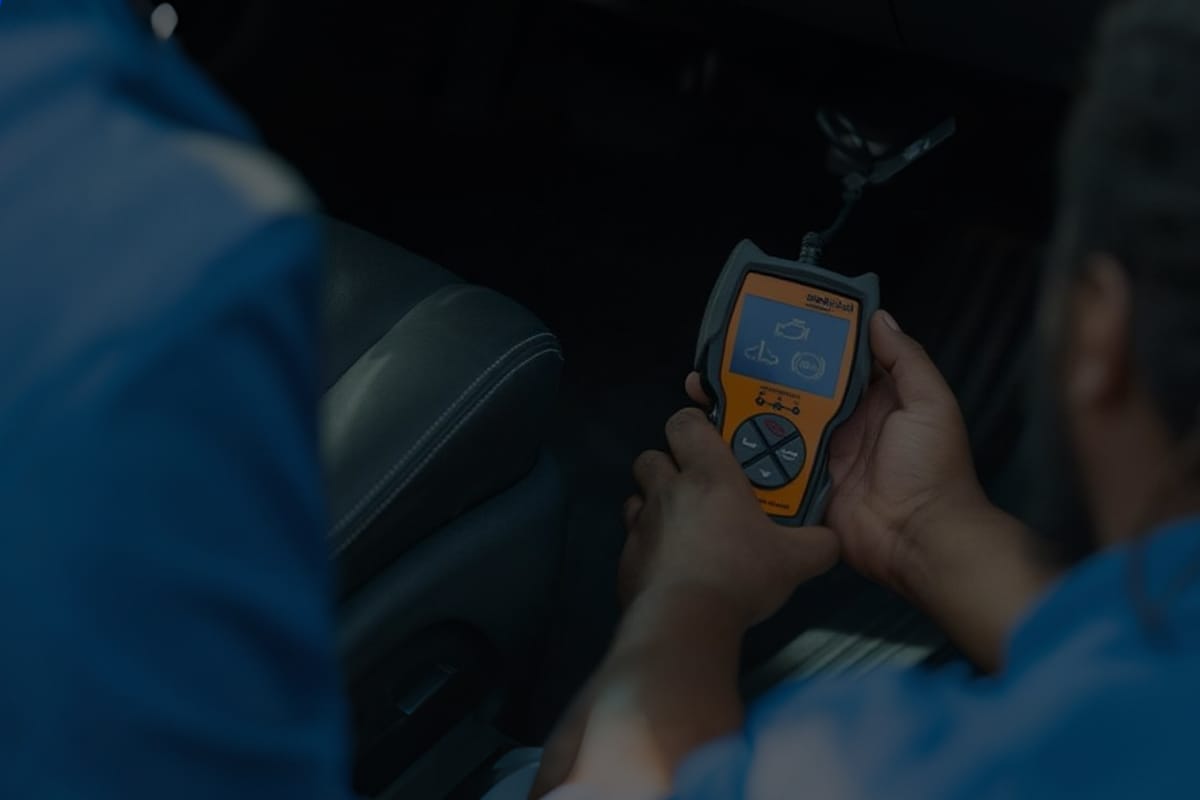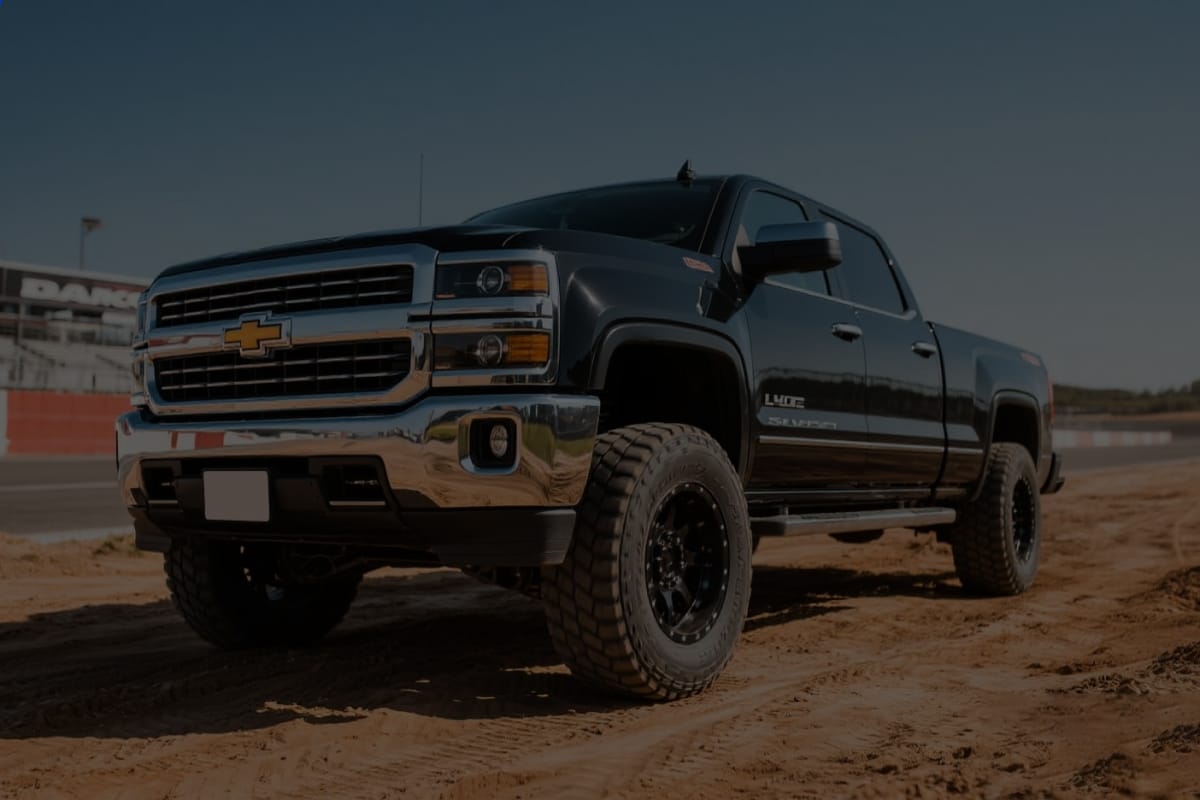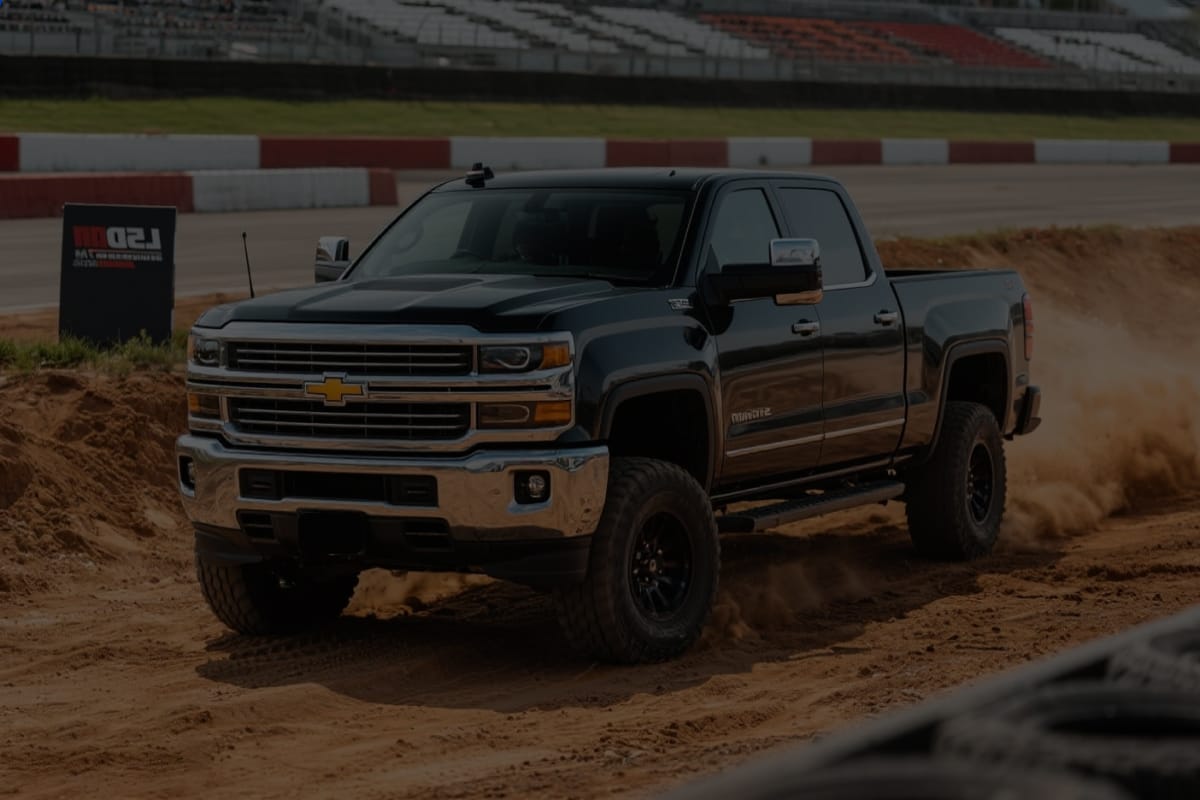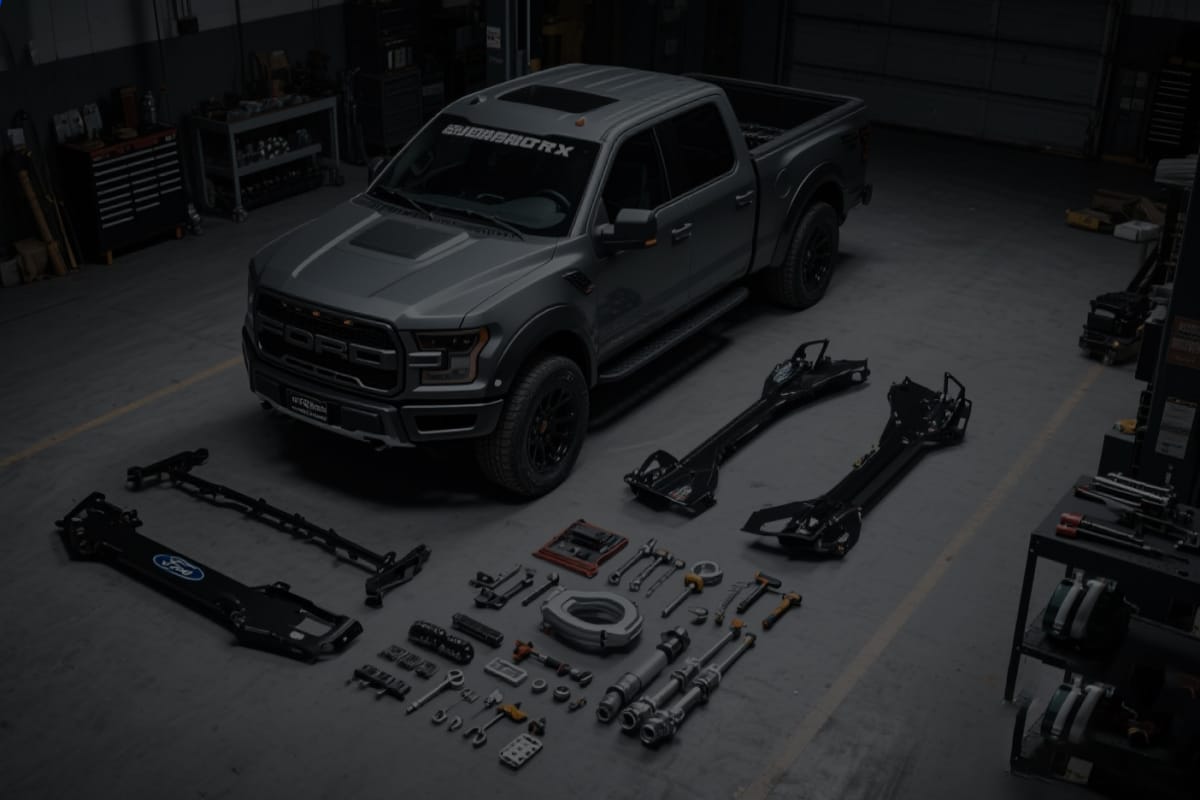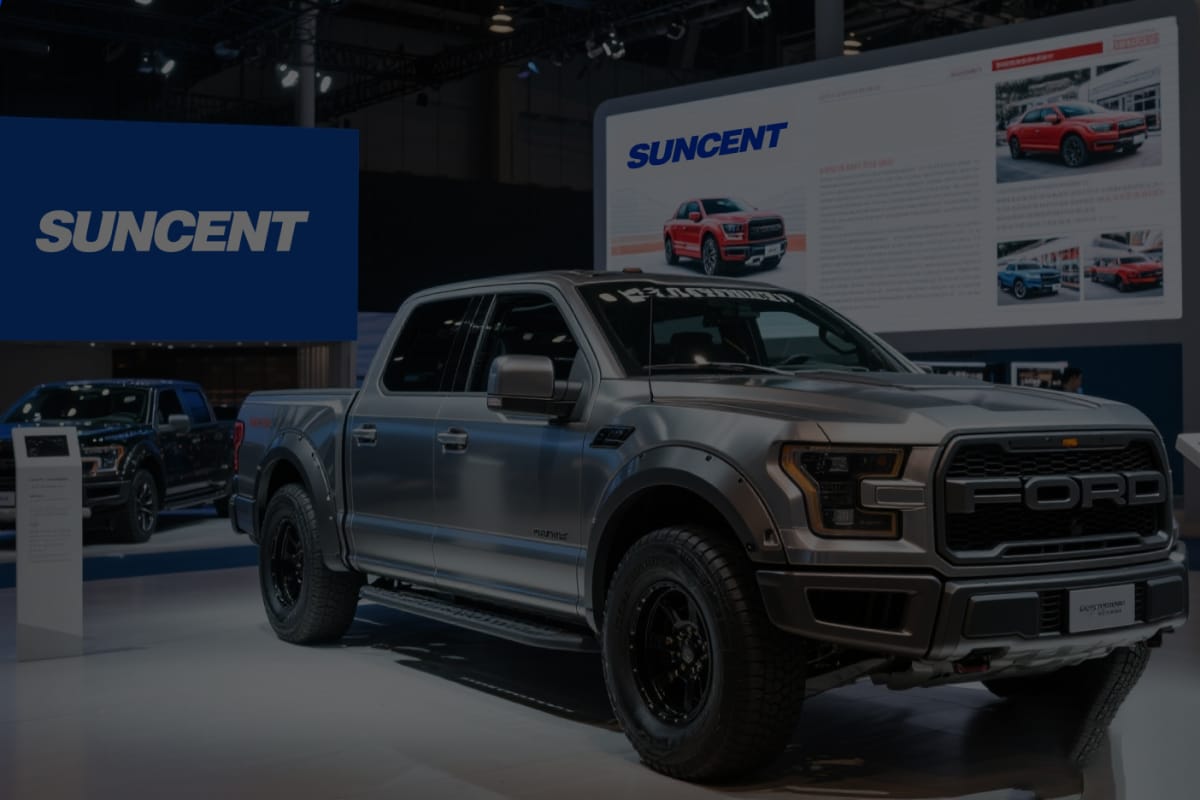What are the Parts of a Headlight Assembly?
The car headlight assembly is made up of different components that fulfill various functions. Understanding these parts can help with troubleshooting, servicing, and replacing them.
This guide aims to provide detailed information about the different parts of headlights and how they contribute to the overall functionality of the headlight system in a vehicle.
So what are the different parts of a headlight? The main parts of the headlights include the headlight bulbs, turn signal bulbs, reflectors, lenses and covers, and housings.
Let’s dive in for more details.
Bulbs: The Source of Illumination
The most common types of lights found in headlight systems are high beams, low beams headlight bulbs, turn signals, corner lights, side marker lights, although specific inclusion varies by vehicle models.
High and Low Beam Headlight Bulbs
The high/low beam headlight bulbs are the primary headlight parts that produce the main illumination.
High beams, also called main beams, produce a brighter light for seeing farther down the road. Low beams, also called driving beams or dipped beams, cover a shorter distance and turn on when headlights switch on.
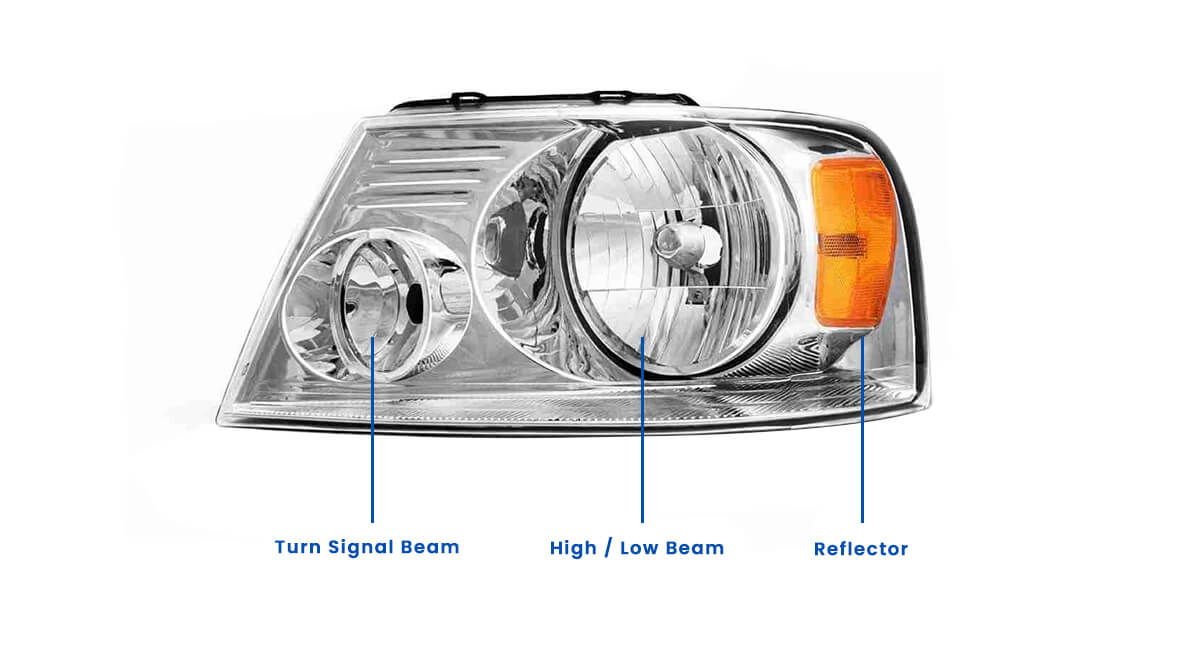
Whether high and low beams come from the same bulb or separate bulbs depends on the vehicle's headlight configuration. With dual-beam headlights, one bulb produces both high and low beams. With single-beam headlights, two bulbs independently control high and low beams.
Also, and when it comes to headlight bulb types, there are commonly three main types in the market: Halogen, LED, and HID headlight bulbs.
Halogen bulbs are the most common and produce a bright yellow light. HID (High Intensity Discharge) bulbs produce a brighter bluish light and last longer. LED (Light Emitting Diode) headlight bulbs are the most advanced, producing a very bright light while being long-lasting and energy efficient.
Turn Signal Bulbs
Turn signal bulbs are indicator lights used when turning or changing lanes, which are also the main parts of your headlights. They activate when you use your turn signal. They are typically amber in color and sometimes packaged together with headlight bulb sets.
Corner Lights
Some cars have corner lights equipped inside the headlight assembly. This type of light mainly helps drivers to see curbs and the edges of the road more clearly when making turns in dark corners.
Side Marker Light Bulbs
Side marker lights mainly help others to see the profile of your vehicle. They are usually located near your vehicle's bumper or rear quarter panel. Some vehicles have the front side marker light bulbs equipped inside the headlight assembly.
Daytime Running Lights
Many newer vehicles now have dedicated daytime running lights (DRLs) integrated directly into the headlight units. Numerous aftermarket options also offer DRL components to install inside existing headlight assemblies.
These are low-wattage bulbs (usually in LEDs) that turn on with the vehicle to increase visibility during daytime driving.
Fog Light Bulbs
Fog light bulbs provide a wider, low-angled beam for improved visibility in poor weather. They are typically halogen or LED for the best performance.
Reflectors: Directing the Light
The reflector captures the maximum amount of light from the bulb and directs it toward the road. Various reflector systems give headlight designers options to accomplish this effectively. Parabolic reflectors are most common and efficiently focus the light from the bulb. Projector lenses provide a sharper, more focused beam ideal for HID and LED bulbs.
Lenses and Covers: Protecting the Light
Headlight lenses enclose the reflector and bulb, sealing the assembly. Lens type is determined by the optical characteristics needed, whether dispersion or clear cover. (But now most headlight assemblies have the clear cover lenses)
The dispersion optics lenses have optical elements which can focus, spread and redirect the light collected by the refletor. While the cover lenses without dispersion optices, also called “clear cover lenses” simply provide basic protection without altering the light beam.
Housings: Enclosing the Assembly
The housing encloses the entire headlight assembly and contains all its components. It must fit the vehicle body, hold all parts together, protect them from exterior damage and allow for optimal temperature conditions.
Housings are designed for a vehicle's specific make, model and year. Additional styling options like blacked-out or smoked housings are also available. You can check this guide to learn more about the different types of headlight housings.
FAQs about Headlight Parts
Wondering what are the other additional parts in the car's headlights? Check the FAQs below:
What are the bezels in headlight?
Bezels in headlights refer to adjustable adapters or ballasts that enable fitting aftermarket bulbs.
What holds headlights in place?
The headlight brackets firmly secure the headlamps to the vehicle, preventing them from swaying or detaching while driving.
What are headlight buckets in headlight?
Headlight buckets provide adjustment points for aligning and aiming the beams. They connect to the housing using adjustment screws and nuts.
What is the part that holds the headlight bulb called?
The headlight retaining clip tightly secures the bulb in place. This bracket ensures the bulb stays fastened in the headlight.
What are the tiny vents inside the headlight assemblies for?
A breathing valve or tiny vents inside the headlight assemblies to prevent headlight condensation.
The Materials Selection of Different Headlight Parts
Lenses : Polycarbonate (PC) plastics are commonly used for headlight lenses due to their high transparency, heat resistance and durability. PC lenses work well with halogen or LED bulbs and have a high heat tolerance, minimizing aging and yellowing.
Housings: Polypropylene (PP) is frequently used for headlight housings and bases due to its heat, corrosion, and impact resistance. Reinforced plastics like T40 and T20 are also used for their rigidity and high-stress tolerance.
Decorative Rings : PC, polybutylene terephthalate (PBT) or polyethylene terephthalate (PET) are used for decorative rings due to their ultra-high heat resistance. Surface electroplating increases reflectance and brightness.
Reflector Bowls : PC, PBT, polyphenylene sulfide (PPS) and bulk molding compound (BMC) are common materials. These are selected for properties like high heat resistance, flame retardance, high strength, resistance to aging and glossy finish to maximize reflectance and brightness.
Advanced plastics and compounds are critical for durable, long-lasting headlight components that withstand heat, environmental exposure and physical stress for years. For replacement or upgrades, choose high-quality components from reputable brands. They use superior materials and engineering to ensure optimal performance, safety, visibility and product lifespans.
Shop Quality Headlight Parts at SuncentAuto
All headlight components must work properly. Failure of any part can pose risks and lead to tickets or other penalties in most states.
At SuncentAuto, reasonably priced yet-high quality headlight assemblies together with free shipping make us the one-stop shop for your headlight needs.
We offer: headlight assemblies, HID and LED headlight bulbs, fog light bulbs, turn signal bulbs, and more.
Just enter your vehicle information to find compatible parts for your headlight system. Shop today!





















